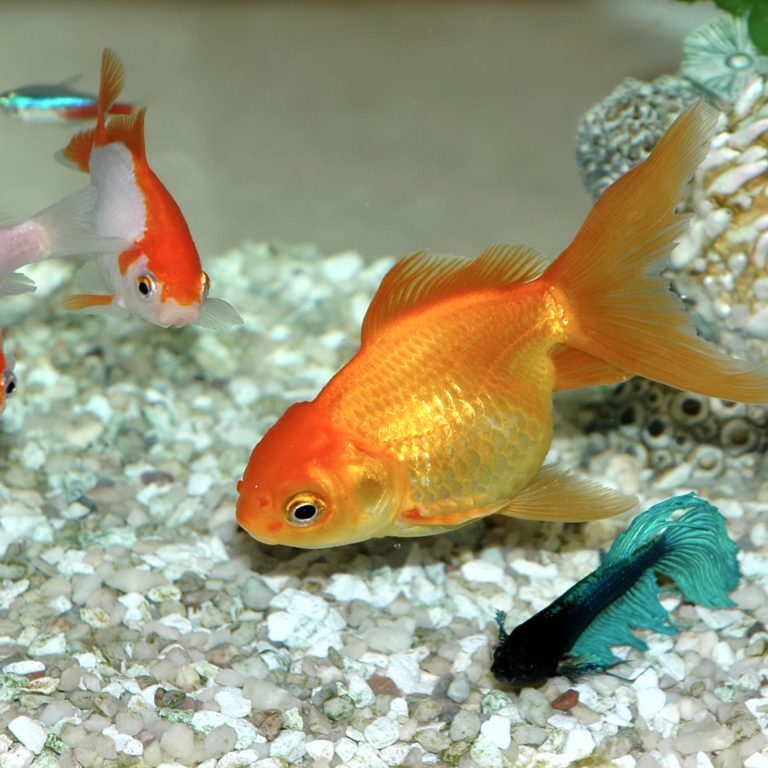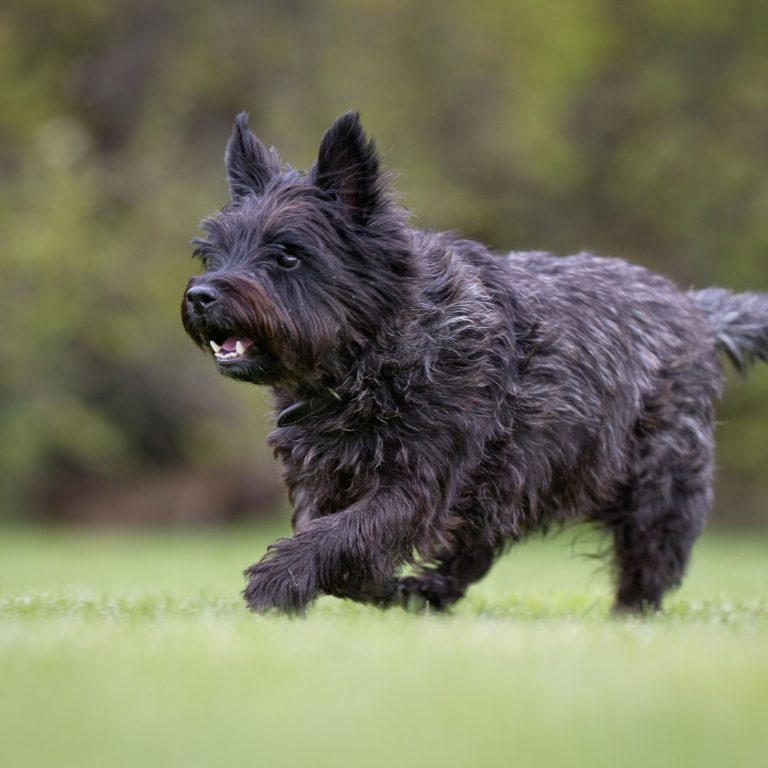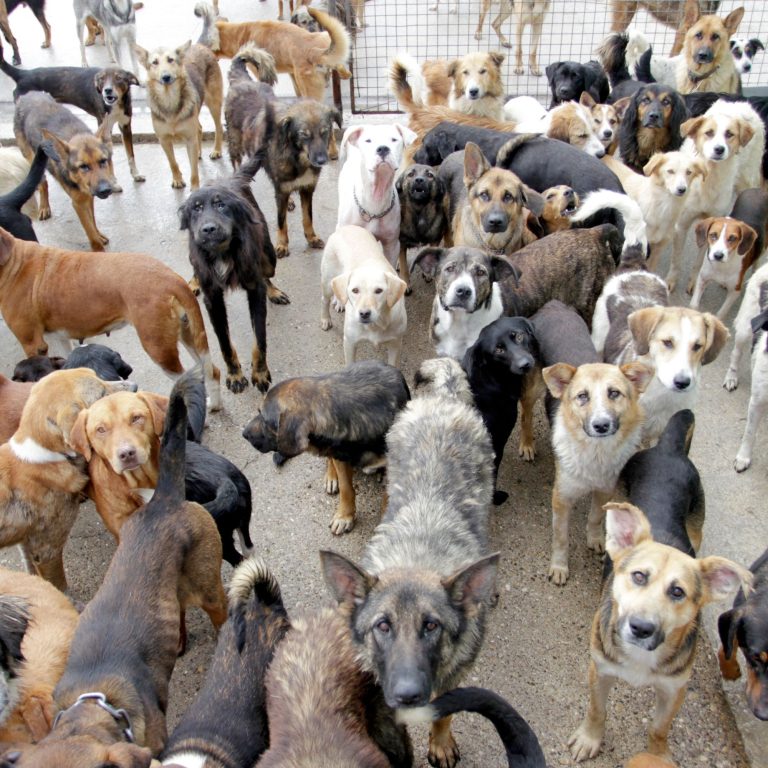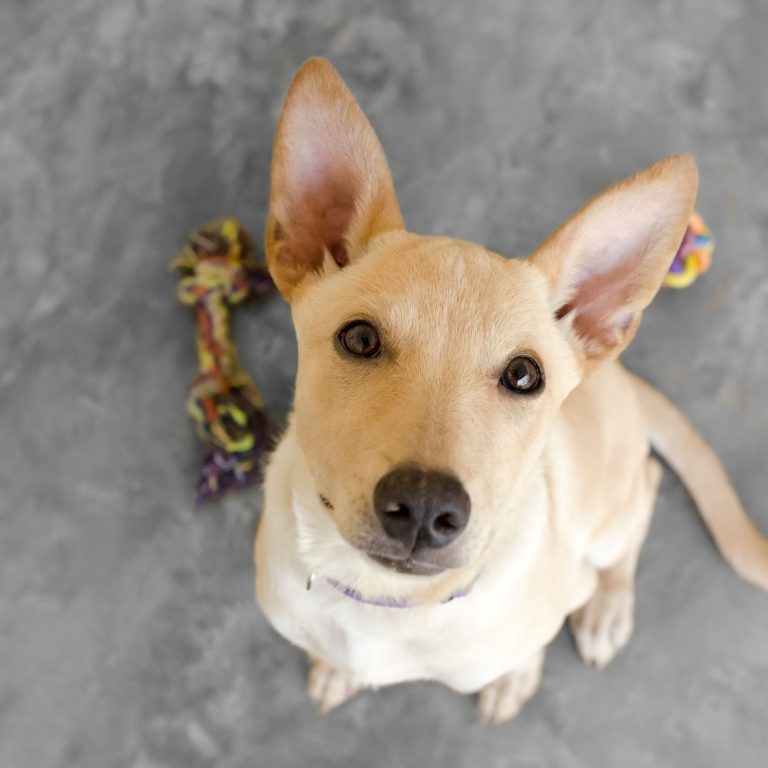Diverse Avian Delights: Discover the Secrets of a Bird Feeder for All Species
The Joy of Bird Watching
Bird watching is a popular and fulfilling hobby that allows you to connect with nature and appreciate the beauty of avian creatures. Whether you’re a seasoned bird watcher or just starting out, observing birds in their natural habitat can bring immense joy and tranquility to your life.
Why Bird Watching is a Popular Hobby
Bird watching has captivated the hearts of millions of people around the world. Here are a few reasons why this hobby is so beloved:
-
Appreciation of Nature: Bird watching provides an opportunity to immerse yourself in the wonders of the natural world. It allows you to observe the intricate behaviors, vibrant colors, and melodious songs of various bird species.
-
Mental Well-being: Spending time in nature and watching birds has been shown to have a positive impact on mental health. It can reduce stress, improve mood, and promote mindfulness and relaxation.
-
Educational Experience: Bird watching is not only enjoyable but also educational. It allows you to learn about different bird species, their habitats, migration patterns, and unique characteristics. It’s a hobby that encourages continuous learning and curiosity.
-
Outdoor Adventure: Bird watching takes you outdoors, allowing you to explore different environments and habitats. Whether you’re strolling through a park, hiking in the woods, or observing birds from your own backyard, each outing is an adventure.
The Importance of Providing Food for Birds
As a bird watcher, you play a vital role in supporting the well-being of birds. Providing food for them through a well-designed bird feeder can have several benefits:
-
Conservation Efforts: By offering a reliable food source, you can help sustain bird populations, especially during challenging times such as winter or migration periods. It supports their survival and contributes to the conservation of bird species.
-
Biodiversity: A bird feeder that attracts multiple species creates a diverse and vibrant ecosystem in your backyard or garden. Different birds will visit, each with their own unique characteristics and behaviors, enhancing the overall biodiversity of your surroundings.
-
Enjoyment of Bird Watching: By providing food for birds, you not only support their well-being but also enhance your bird watching experience. With a diverse array of bird species visiting your feeder, you’ll have the opportunity to observe and appreciate a greater variety of birds.
-
Educational Opportunities: A bird feeder can serve as an educational tool for yourself and others. It provides a close-up view of birds, allowing you to learn more about their feeding habits, social interactions, and individual traits.
To attract a variety of bird species to your feeder, it’s important to choose a multi-species bird feeder that meets the specific needs of different birds. Consider the type of food, feeder design, and placement to create an inviting environment for a diverse range of avian visitors. For more information on selecting the right bird feeder, visit our article on bird feeder for multiple species.
Remember, bird watching and providing food for birds go hand in hand. By creating a welcoming space for birds and offering them nourishment, you can enjoy the beauty of their presence while contributing to their well-being.
Understanding Bird Feeders
To attract a variety of bird species to your yard, it’s essential to understand the different types of bird feeders available and consider the factors that come into play when choosing the right one for your needs.
Different Types of Bird Feeders
Bird feeders come in various shapes and designs, each catering to the feeding preferences of different bird species. Here are some common types of bird feeders:
-
Hopper Feeders: Hopper feeders have a container that holds the bird seed and dispenses it gradually as birds feed. They are typically designed with a roof to protect the seed from rain and snow. Hopper feeders are versatile and attract a wide range of bird species.
-
Tube Feeders: Tube feeders have long, cylindrical tubes with small feeding ports. These feeders are suitable for small birds like finches and chickadees. Some tube feeders come with perches, while others are designed for clinging birds.
-
Platform Feeders: Platform feeders are flat surfaces where bird seed is placed. They are ideal for attracting ground-feeding birds like sparrows, juncos, and doves. Platform feeders can also accommodate larger bird species.
-
Suet Feeders: Suet feeders hold suet cakes or blocks that are high in fat and provide energy for birds. These feeders are favored by woodpeckers, nuthatches, and other insect-eating birds. Suet feeders typically have wire mesh or cages to hold the suet securely.
-
Nectar Feeders: Nectar feeders are specifically designed for hummingbirds. They feature ports where a sugar-water solution, resembling nectar, is filled. These feeders often have bright colors to attract hummingbirds’ attention.
Remember, it’s important to choose a bird feeder that suits the needs of the bird species you wish to attract. Consider the feeding habits, beak size, and preferences of the birds in your area.
Factors to Consider When Choosing a Bird Feeder
When selecting a bird feeder that attracts multiple species, there are several factors to keep in mind:
-
Feeder Capacity: Consider the size of the bird feeder and the amount of seed it can hold. A larger capacity feeder will require less frequent refilling, especially if you have a high volume of bird activity.
-
Durability and Weather Resistance: Opt for feeders made of sturdy materials that can withstand outdoor elements. Look for feeders with features like UV-resistant coatings, metal reinforcements, or moisture-proof designs to ensure longevity.
-
Ease of Cleaning: Regular cleaning is essential to maintain the health of visiting birds. Choose a feeder that is easy to disassemble and clean thoroughly. This helps prevent the spread of diseases among bird populations.
-
Squirrel-Proofing: If you live in an area with squirrels or other wildlife that may try to raid the feeder, consider feeders with built-in squirrel guards or baffles. These features can help deter squirrels and protect the bird seed.
-
Visibility and Safety: Place your bird feeder in an open area where birds can easily spot it. Ensure that it is positioned away from potential predators such as cats. Providing nearby perches or natural cover can also make birds feel safe while feeding.
By understanding the different types of bird feeders available and considering the various factors involved in choosing one, you can create an inviting environment that attracts a diverse range of bird species. Remember to regularly clean and maintain your feeder to ensure the well-being of the visiting birds. For more information on creating a bird-friendly environment, check out our article on bird feeder with diverse bird species.
Creating a Welcoming Environment
To attract a diverse range of bird species to your garden, it’s important to create a welcoming environment that meets their needs. This includes providing an appropriate selection of food, strategic placement of the bird feeder, and ensuring access to shelter and water.
Food Selection for All Birds
To attract multiple bird species, it’s essential to offer a variety of foods that cater to different preferences. A well-rounded bird feeder should include a mix of seeds, suet, and nectar. Here are some popular food options for attracting a diverse range of birds:
| Food Type | Birds Attracted |
|---|---|
| Sunflower Seeds | Cardinals, Blue Jays, Chickadees |
| Nyjer Seeds | Finches, Siskins, Goldfinches |
| Suet | Woodpeckers, Nuthatches, Titmice |
| Nectar | Hummingbirds, Orioles |
| Fruit | Thrushes, Orioles, Mockingbirds |
By providing a diverse menu, you’ll increase the chances of attracting a wide variety of bird species to your feeder. For more information on attracting different types of birds, check out our article on bird feeder attracting different birds.
Placement of the Bird Feeder
The location of your bird feeder plays a crucial role in attracting a diverse range of bird species. Place the feeder in an area that provides natural cover, such as near trees or bushes. This allows birds to feel safe while they feed and provides them with a convenient perch to rest before and after visiting the feeder.
Additionally, consider the visibility of the bird feeder. Birds are more likely to visit a feeder that is easily visible and accessible. Avoid placing the feeder too close to windows or reflective surfaces to prevent bird collisions. For more tips on feeder placement, visit our article on bird feeder with diverse bird species.
Providing Shelter and Water
Birds require shelter and water in addition to food. By creating a welcoming environment that offers these essentials, you’ll attract a greater variety of species. Planting native trees, shrubs, and flowers provides birds with natural shelter and nesting opportunities. Creating a bird-friendly garden with diverse vegetation also attracts insects, which are an important food source for many bird species.
In addition to shelter, birds need access to water for drinking and bathing. Consider adding a birdbath or small water feature near the bird feeder. Fresh, clean water should be available throughout the year, especially during dry periods. For more information on attracting multiple types of birds, check out our article on bird feeder attracting multiple types of birds.
By considering the food selection, strategic placement, and providing shelter and water, you’ll create a welcoming environment that attracts a diverse array of bird species to your garden. Enjoy the beauty and diversity of birds as they visit your bird feeder and make your garden their home.
Attracting a Variety of Bird Species
To create a bird-friendly environment and attract a diverse range of bird species to your bird feeder, it’s important to understand the seed preferences and feeding habits of different birds. By offering a variety of food options, you can cater to the specific needs of various bird species and invite them to your feeder. Here are some tips on attracting different bird species to your feeder:
Seed Preferences of Different Birds
Different bird species have varying seed preferences, and understanding these preferences can help you select the right seeds to attract specific birds. Here are some common bird species and their preferred seeds:
| Bird Species | Preferred Seeds |
|---|---|
| American Goldfinch | Nyjer (thistle) seeds |
| Northern Cardinal | Sunflower seeds |
| Black-capped Chickadee | Sunflower seeds, peanuts |
| House Finch | Sunflower seeds, nyjer seeds |
| Blue Jay | Peanuts, sunflower seeds |
| White-breasted Nuthatch | Sunflower seeds, peanuts |
| Dark-eyed Junco | Millet, sunflower seeds |
| Mourning Dove | Millet, cracked corn |
By offering a variety of seeds, you can attract a diverse range of bird species to your feeder. Remember to provide fresh and high-quality seeds to ensure the health and well-being of the birds.
Nectar Feeders for Hummingbirds
Hummingbirds are unique and fascinating birds that have a specific diet consisting primarily of nectar. To attract hummingbirds, consider setting up a nectar feeder specifically designed for them. Fill the feeder with a homemade or store-bought nectar solution made by dissolving four parts water and one part white granulated sugar. Avoid using honey, artificial sweeteners, or red food coloring in the nectar solution, as these can be harmful to hummingbirds. Hang the feeder in a visible and easily accessible location, and be sure to clean it regularly to prevent the growth of mold or bacteria.
Suet Feeders for Woodpeckers and Nuthatches
Woodpeckers and nuthatches are known for their love of suet, a mixture of animal fat and other ingredients. Suet feeders are designed to hold suet cakes or suet balls, providing a high-energy food source for these birds. Hang the suet feeder in a secure location, as woodpeckers and nuthatches may cling to the feeder while feeding. It’s important to choose suet that is free from artificial additives and preservatives, as these can be harmful to birds. Clean the suet feeder regularly to prevent the buildup of mold or bacteria.
By offering a variety of seeds, nectar, and suet, you can attract a wide range of bird species to your feeder and create an enjoyable bird-watching experience. Remember to place your feeder in a safe, quiet, and easily accessible location, away from potential predators. With a diverse array of bird species visiting your feeder, you’ll have the opportunity to observe and appreciate the beauty of nature right in your own backyard.
Bird Feeder Etiquette
To ensure a positive experience for both the birds and yourself, it’s important to follow proper bird feeder etiquette. By practicing regular cleaning and maintenance, managing invasive species, and enjoying birds responsibly, you can create a welcoming environment for a variety of bird species.
Regular Cleaning and Maintenance
Keeping your bird feeder clean is essential for the health and well-being of the birds. Regular cleaning helps prevent the spread of diseases and ensures that the birds have access to fresh, uncontaminated food. Here are some guidelines to follow:
- Clean the feeder regularly: Depending on the type of feeder and the amount of bird activity, clean the feeder at least once every two weeks. Use warm water and a mild detergent to scrub away any debris or mold. Rinse thoroughly and allow it to dry completely before refilling.
- Remove old and spoiled food: Discard any leftover or spoiled food from the feeder. Moldy or wet food can be harmful to birds and may attract unwanted pests.
- Keep the feeding area clean: Regularly clean the area around the feeder to prevent the buildup of waste and uneaten food. This helps maintain a hygienic environment and reduces the risk of attracting pests.
Managing Invasive Species
While bird feeders are meant to attract a variety of bird species, it’s important to be mindful of the potential presence of invasive species. Invasive species can disrupt the ecosystem and negatively impact native bird populations. Here are some steps you can take to manage invasive species:
- Choose bird feeders and food carefully: Opt for feeders and food that are less likely to attract invasive species. Research the local bird species in your area and select feeders and foods that cater to them specifically.
- Monitor bird activity: Keep an eye out for any non-native or aggressive bird species that may be dominating the feeder. If you notice an overabundance of a particular species, consider adjusting the feeder or food to discourage their presence.
- Report invasive species sightings: If you observe any invasive species at your bird feeder or in your area, report the sighting to your local wildlife authorities. They can provide guidance on how to manage the situation and protect native bird species.
Enjoying Birds Responsibly
Bird watching and feeding can be a rewarding experience, but it’s important to enjoy birds responsibly to ensure their well-being. Here are some guidelines to follow:
- Avoid interfering with nests: Birds may build nests near or on the feeder. It’s important to respect these nests and avoid disturbing them. Observe from a distance and refrain from touching or moving any nests or eggs.
- Minimize disturbance: Birds can be easily startled or stressed, so minimize sudden movements or loud noises around the feeder. Keep pets away from the feeding area to avoid causing unnecessary stress to the birds.
- Learn about local regulations: Familiarize yourself with any local regulations or guidelines regarding bird feeding and bird watching. Some areas may have specific rules to protect wildlife and habitats.
By following these bird feeder etiquette practices, you can create a welcoming environment for a diverse range of bird species, while also ensuring their safety and well-being. Remember to check out our article on bird feeder attracting different birds for more tips on attracting multiple species to your feeder.







